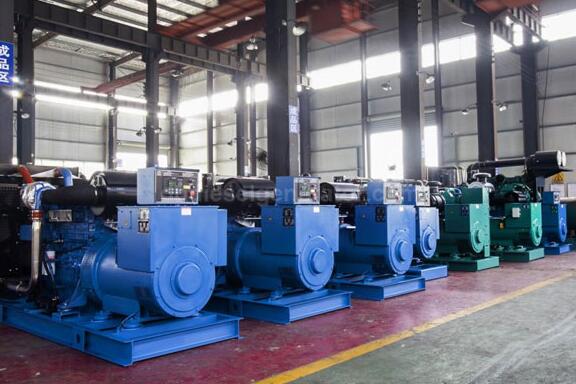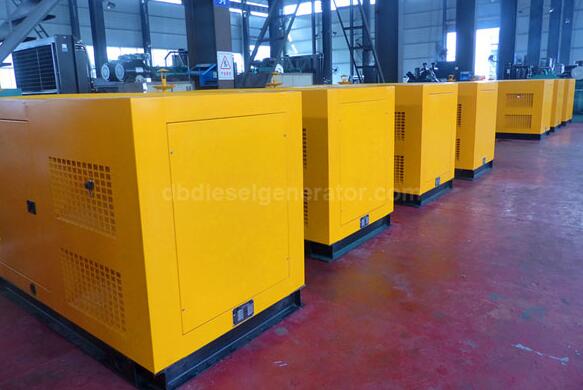Open type and silent type diesel gensets are two common options for backup power generation in various applications. Each type has its own advantages and considerations, making it essential to understand their differences to make an informed decision based on specific needs and requirements.
Open Type Diesel Genset
Open type diesel gensets, as the name suggests, are gensets that are not enclosed in a soundproof casing. They consist of a diesel engine coupled with an alternator and are mounted on a base frame. Here are some key characteristics of open type diesel gensets:
1. Cost-Effectiveness: Open type diesel gensets are generally more affordable compared to silent type gensets due to their simpler design and lack of soundproofing features.
2. Easy Maintenance: These gensets are easier to access for maintenance and repair tasks since they are not enclosed. Routine checks and servicing can be performed quickly and efficiently.
3. Ventilation: Open type gensets provide better ventilation for the engine, allowing for optimal cooling and air circulation. This can help prevent overheating and ensure reliable performance.
Silent Type Diesel Genset
Silent type diesel gensets, also known as soundproof or enclosed gensets, are designed with a soundproof canopy or enclosure to reduce noise levels during operation. Here are some key characteristics of silent type diesel gensets:
1. Noise Reduction: The primary advantage of silent type gensets is their ability to significantly reduce noise levels during operation. The soundproof enclosure effectively muffles the noise produced by the engine, making these gensets suitable for use in noise-sensitive environments.
2. Improved Aesthetics: Silent type gensets often feature an aesthetically pleasing design with a sleek enclosure that can blend seamlessly into various settings. This makes them suitable for use in residential areas, offices, and other locations where appearance matters.
3. Environmental Compliance: In some cases, local regulations or environmental standards may require the use of silent type gensets to minimize noise pollution and ensure compliance with noise level limits.
Considerations for Choosing Between Open Type and Silent Type Gensets
When deciding between open type and silent type diesel gensets, several factors should be taken into account:
1. Noise Sensitivity: Consider the noise sensitivity of the surrounding environment. If the genset will be installed in a residential area, office building, or other noise-sensitive location, a silent type genset may be preferable to minimize disturbances.
2. Budget: Evaluate your budget and cost considerations. While open type gensets are generally more affordable upfront, silent type gensets may offer long-term benefits in terms of reduced noise-related complaints and improved aesthetics.
3. Space Constraints: Consider the available space for installation. Silent type gensets require additional space for the enclosure, which may not be feasible in tight or cramped locations. Open type gensets offer a more compact footprint but may require separate measures to address noise concerns.
Conclusion
Open type diesel gensets and silent type diesel gensets each offer unique advantages and considerations depending on specific needs and requirements. While open type gensets are more cost-effective and easier to maintain, silent type gensets excel in noise reduction and improved aesthetics. When choosing between the two, factors such as noise sensitivity, budget, and space constraints should be carefully considered. If you're unsure which type of genset is right for your needs, contact us to explore our range of options and receive expert guidance from our trusted suppliers.


Comments
Post a Comment